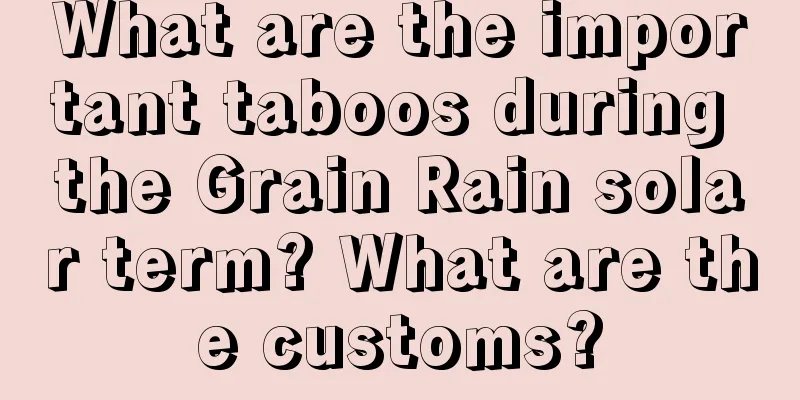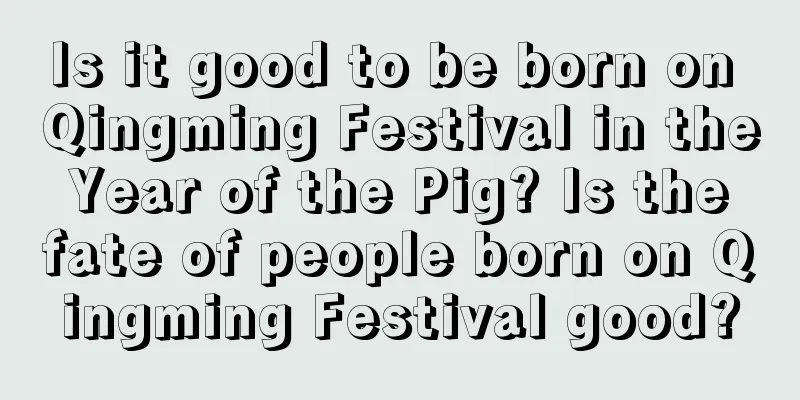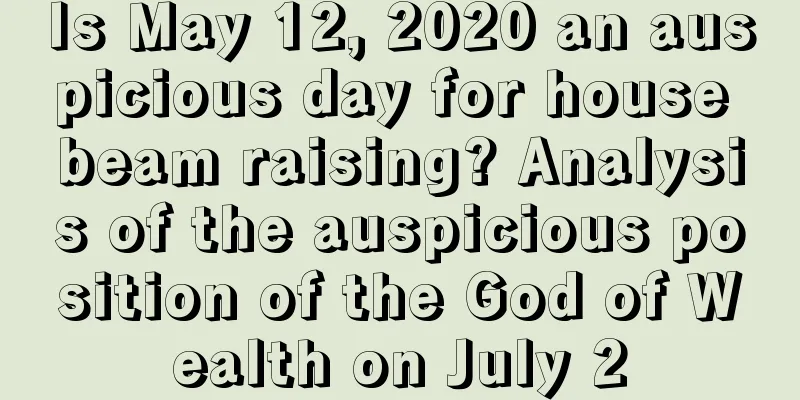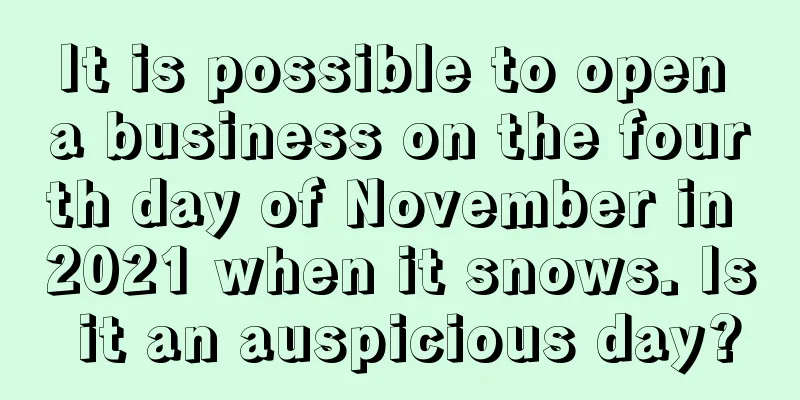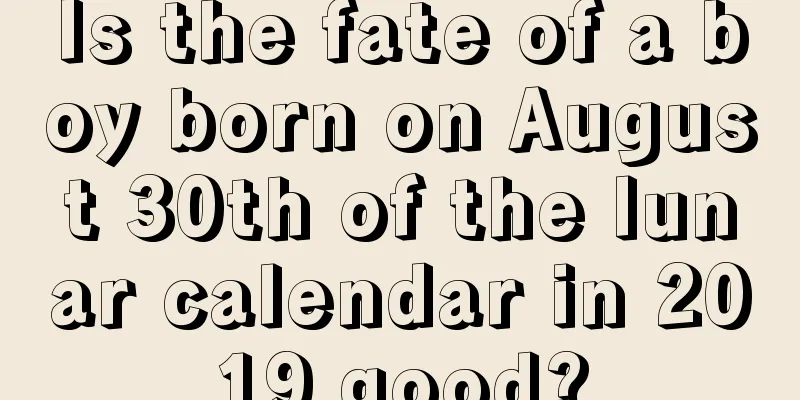What traditional festival is the Lunar New Year? Inventory of Spring Festival traditional customs
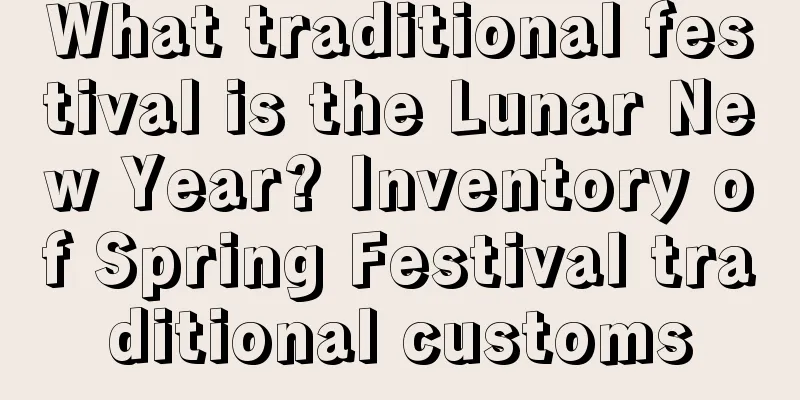
As the year draws to a close, we are about to usher in the traditional festival of the Spring Festival. So, what traditional festival is the Lunar New Year? What are the traditional customs of the Spring Festival? New Year, New Atmosphere. If you want to know more about the Lunar New Year, please pay attention to the 2019 Chinese New Year and Spring Festival special article exclusively presented to you by Shui Mo Xiansheng website!What traditional festival is the Lunar New Year?The Spring Festival, also known as the Lunar New Year, is the beginning of the year and is traditionally known as the "New Year's Festival". It is commonly known as the New Year, New Year, New Year, New Year's happiness, New Year's happiness, New Year, etc. It is also verbally called celebrating the New Year, celebrating the New Year, celebrating the New Year, and celebrating the New Year. The Spring Festival has a long history, evolving from the annual prayer and sacrifice ceremonies in ancient times. All things come from heaven, and people come from their ancestors. Praying for a good harvest, offering sacrifices, respecting heaven and following the example of ancestors are all ways to repay the roots and return to the beginning. The origin of the Spring Festival contains profound cultural connotations and carries rich historical and cultural heritage in the process of inheritance and development. During the Spring Festival, various New Year celebrations are held across the country, and the atmosphere is lively and festive. These activities mainly focus on getting rid of the old and welcoming the new, welcoming the new year, worshiping gods and ancestors, and praying for a good harvest. They are rich and colorful in form, with strong regional characteristics, and embody the cultural essence of Chinese civilization. The Spring Festival is the most important traditional festival of the Chinese nation. It not only embodies the Chinese nation's ideological beliefs, ideals, wishes, life, entertainment and cultural psychology, but also is a carnival display of blessing, food and entertainment activities. Influenced by Chinese culture, some countries and ethnic groups belonging to the Chinese character cultural circle also have the custom of celebrating the New Year.Inventory of traditional customs of the Spring Festival:Sweeping the dust "On the 24th day of the twelfth lunar month, dust and sweep the house." According to "Lüshi Chunqiu", the custom of sweeping the house during the Spring Festival has existed in China since the Yao and Shun era. According to folk saying: because "dust" and "old" are homophones, sweeping the dust during the New Year has the meaning of "getting rid of the old and bringing in the new", and its purpose is to sweep away all the bad luck and bad luck. Every time the Spring Festival comes, every household has to clean the environment, wash various utensils, take apart and wash bedding and curtains, sweep the courtyard, dust off dust and cobwebs, and dredge open and underground ditches. Everywhere is filled with the joyful atmosphere of cleaning up and welcoming the New Year in a clean manner.Staying up on New Year's Eve is one of the most important traditional activities during the Chinese New Year, and the custom has a long history. The earliest record can be found in "Fengtuzhi" by Zhou Chu of the Western Jin Dynasty: On New Year's Eve, people give gifts to each other, which is called "gifting the year"; they invite each other to drink and eat, which is called "saying goodbye to the year"; the young and the old gather together to drink and give blessings, which is called "dividing the year"; everyone stays up all night waiting for dawn, which is called "keeping the year". Since the Han Dynasty, the time when the old year turns to the new year is generally midnight. The New Year 's greetings that are commonly used in modern society were already practiced in ancient China. As early as the Song Dynasty, the families and relatives of royal relatives, nobles and literati had already used special New Year greeting cards, called "mingci" or "mingtie". It is made by cutting plum blossom paper into cards about two inches wide and three inches long, with your name and address written on them. A red paper bag called the "door book" is pasted on the door of each household. The name of the owner is written on it and it is used to receive business cards. The visitor would throw his business card into the door book to express his New Year greetings, which has the same meaning as the modern New Year's card. The custom of pasting Spring Festival couplets began in the Hou Shu period more than a thousand years ago, as is historically proven. Spring Festival couplets are also called door couplets, spring stickers, couplets, couplets, peach charms, etc. They use neat, parallel, concise and exquisite words to depict the background of the times and express good wishes. They are a unique literary form in China. During every Spring Festival, no matter in the city or in the countryside, every household will select a bright red couplet to paste on the door to add to the festive atmosphere. This custom originated in the Song Dynasty, became popular in the Ming Dynasty, and by the Qing Dynasty, the ideological and artistry of spring festival couplets had greatly improved. Liang Zhangju's monograph on spring festival couplets, "A Collection of Couplets", discussed the origin of couplets and the characteristics of various works. There are many types of Spring Festival couplets. Depending on where they are used, they can be divided into door couplets, frame couplets, horizontal couplets, spring strips, and square couplets. The "door heart" is pasted on the center of the upper part of the door panel; the "frame pair" is pasted on the left and right door frames; the "horizontal drape" is pasted on the horizontal beam of the door; the "spring strip" is pasted on the corresponding place according to different content; the "dou jin" is also called the "door leaf", which is a square rhombus and is mostly pasted on furniture and screen walls. People in the folks also like to paste various paper-cuts on the windows - window flowers . Window paper-cuts not only set off the festive atmosphere, but also combine decorative, aesthetic and practical functions. Paper-cutting is a very popular folk art in China and has been loved by people for thousands of years. Because it is mostly pasted on windows, it is also called "window paper-cutting". Window paper-cuts, with their unique method of generalization and exaggeration, vividly express auspicious events, good wishes, and decorate the festival with prosperity and splendor. While pasting Spring Festival couplets, some people will paste large and small "Fu" characters on the doors, walls and lintels of their houses. Posting the character "Fu" during the Spring Festival is a time-honored custom among the Chinese people. The word "Fu" means blessing and good fortune, and it embodies people's yearning for a happy life and their wishes for a better future. In order to more fully reflect this yearning and wish, some people simply paste the word "Fu" upside down, which means "happiness has arrived" and "good fortune has arrived". People also carefully draw the word "Fu" into various patterns, including the birthday star, longevity peaches, carp jumping over the dragon gate, good harvest, dragon and phoenix, etc. Hanging New Year pictures during the Spring Festival is also very common in urban and rural areas. The dark and colorful New Year pictures add a lot of prosperous and joyful festive atmosphere to thousands of households. New Year pictures are an ancient Chinese folk art that reflects the people's simple customs and beliefs and embodies their hopes for the future. New Year pictures, like Spring Festival couplets, originated from "door gods". With the rise of woodblock printing, the content of New Year pictures was no longer limited to monotonous themes such as door gods, but became rich and colorful. Some New Year picture workshops produced classic color New Year pictures such as "The Three Stars of Fortune, Longevity and Prosperity", "The Heavenly Official Grants Blessings", "Abundant Harvest", "Prosperous Livestock", and "Welcome the Spring and Receive Blessings" to meet people's beautiful wishes for festive occasions and prayers for the coming of a new year. There are three important production areas of New Year paintings in China: Taohuawu in Suzhou, Yangliuqing in Tianjin and Weifang in Shandong; three major schools of Chinese New Year paintings have been formed, each with its own characteristics. The earliest New Year picture collected in China is the woodcut New Year picture of the Southern Song Dynasty titled "The Beautiful Beauties of Sui Dynasty Presenting Their Alluring Beauty", which depicts four ancient beauties: Wang Zhaojun, Zhao Feiyan, Ban Ji and Lu Zhu. The most popular New Year picture among the people is "Mice Getting Married". It depicts the interesting scene of mice marrying their bride according to human customs. In the early years of the Republic of China, Zheng Mantuo in Shanghai combined the monthly calendar and New Year pictures. This is a new form of New Year picture. This combination of two New Year pictures later developed into wall calendars, which are still popular all over the country. There is a saying among the Chinese people about setting off firecrackers : "setting off firecrackers when the door is opened". When the new year comes, the first thing every household does when they open the door is to set off firecrackers, using the sound of firecrackers to get rid of the old and welcome the new. Firecrackers are a specialty of China, also known as "firecrackers", "firecrackers" and "firecrackers". It has a very early origin and has a history of more than two thousand years. Setting off firecrackers can create a festive and lively atmosphere. It is a kind of entertainment activity during festivals and can bring joy and good luck to people. As time goes by, firecrackers are used more and more widely, and their varieties and colors are becoming more and more numerous. On every major festival and celebration, as well as weddings, house building, business opening, etc., firecrackers are set off to celebrate and bring good luck. Liuyang in Hunan, Foshan and Dongyao in Guangdong, Yichun and Pingxiang in Jiangxi, Wenzhou in Zhejiang and other areas are the hometowns of fireworks in China. The firecrackers produced here have many colors and patterns and are of high quality. They are not only sold well throughout the country, but also exported to the world. Chinese families buy a lot of “New Year goods” before the Chinese New Year, including Spring Festival couplets, blessing characters, new clothes, and food for the Chinese New Year (most markets are closed during the Chinese New Year). Buying New Year’s goods is an important activity during the Chinese New Year. Compared with the past, the way Chinese people prepare New Year goods has become more modern and less rigidly bound by tradition. In Shanxi, there is a special New Year's product: brushes and chopsticks are must-buys every year, which sounds like "quick hair" in Chinese. |
>>: When is the Spring Festival? Legends of the Spring Festival
Recommend
Is it good if it rains on moving day? What is considered a formal move?
Generally speaking, moving is usually done on a da...
What day is the eighth day of the first lunar month in 2018? Is it an auspicious day?
Chinese people like to pay attention to the word &...
Is it suitable to move house on Laba Festival in 2019? What Feng Shui should be paid attention to when moving?
Laba Festival is a traditional festival. Everyone ...
Is Mother’s Day 2018 a good time to get engaged? How much is an appropriate engagement gift?
Introduction: Mother's Day first appeared in G...
Is the third day of the eleventh lunar month in 2017 an auspicious day?
In China, when doing important things, people ofte...
Is it a good idea to burn incense and pray for blessings during the Autumnal Equinox in 2019? What does the Autumnal Equinox represent?
Introduction: You need to choose an auspicious day...
What day is October 14th in the lunar calendar in 2021? Is it suitable for marriage?
The tenth month of the lunar calendar is very spec...
What are the Feng Shui compasses that are widely used in our country?
Introduction: The compass is one of the essential...
Is the child born on December 24, 2021 in the lunar calendar an Aquarius?
The issue of children’s zodiac signs has always be...
Analysis of the auspiciousness and inauspiciousness of the twelve hours on the 28th day of the first lunar month in 2020
Analysis of the auspiciousness and inauspiciousne...
Is it a good idea to get a marriage certificate on Chinese Valentine's Day in 2022? Should I give my boyfriend a gift on Chinese Valentine’s Day?
Is it a good idea to get a marriage certificate on...
Is it a good time to celebrate Anmen Square on the 28th day of the seventh lunar month in 2022? What details should we pay attention to?
Is it suitable to install a gate on the 28th day o...
Is it a good idea to get married on the 13th day of the Lunar New Year in 2021? How to choose a wedding date?
In the first month of the new year, both adults an...
Detailed explanation of the position of the God of Happiness on the third day of the ninth lunar month in 2020
Detailed explanation of the direction of the God ...
Is the first day of the sixth lunar month in 2018 suitable for funerals? What is the hexagram of the day?
Let us find out whether it is suitable to hold fun...

